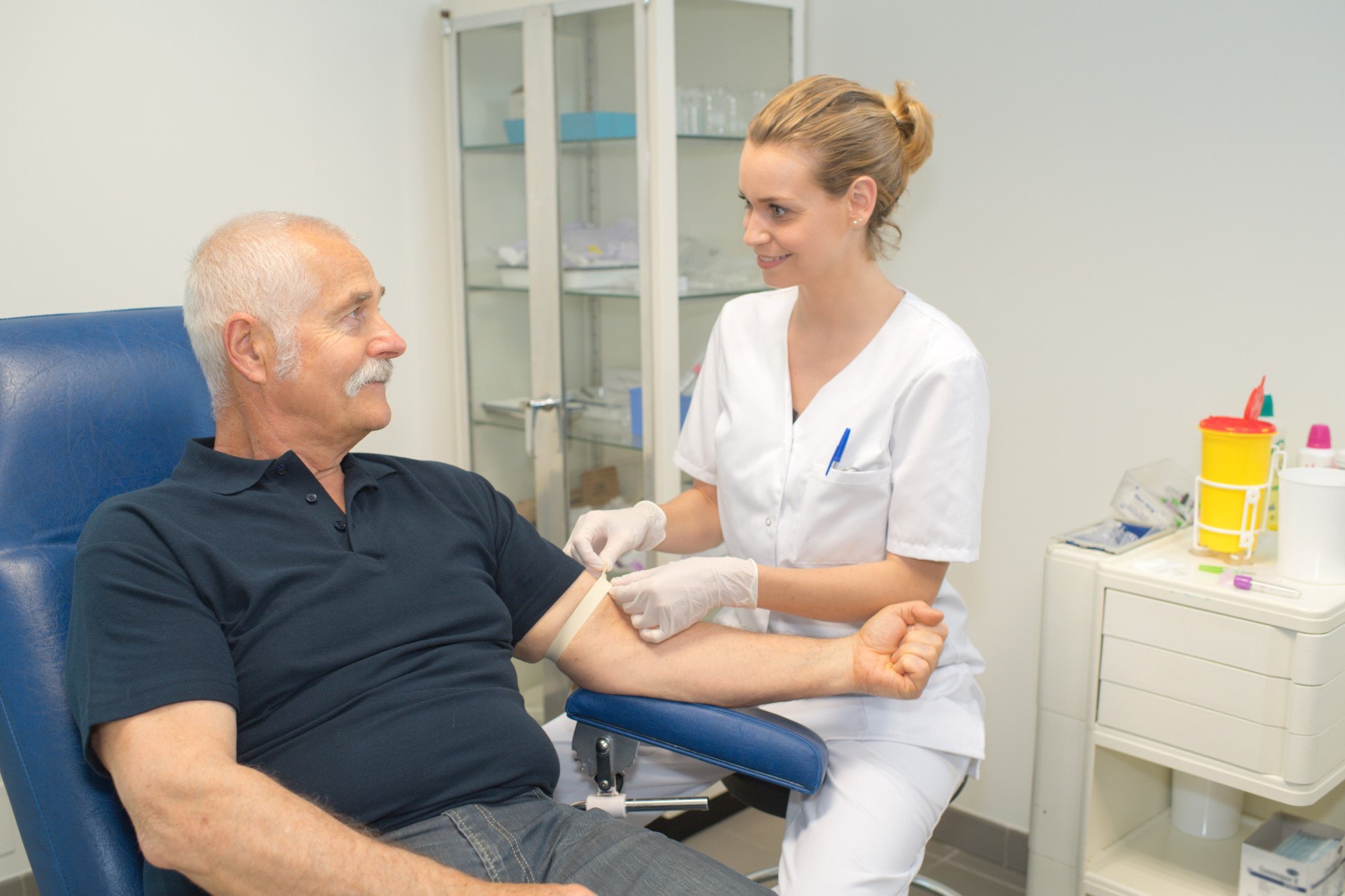8 Simple Techniques For Northeast Medical Institute - New Haven Campus Phlebotomy Course & Cna Class
8 Simple Techniques For Northeast Medical Institute - New Haven Campus Phlebotomy Course & Cna Class
Blog Article
The Definitive Guide for Northeast Medical Institute - New Haven Campus Phlebotomy Course & Cna Class
Table of ContentsNortheast Medical Institute - New Haven Campus Phlebotomy Course & Cna Class - TruthsAn Unbiased View of Northeast Medical Institute - New Haven Campus Phlebotomy Course & Cna ClassIndicators on Northeast Medical Institute - New Haven Campus Phlebotomy Course & Cna Class You Should KnowWhat Does Northeast Medical Institute - New Haven Campus Phlebotomy Course & Cna Class Mean?The Of Northeast Medical Institute - New Haven Campus Phlebotomy Course & Cna ClassThe Only Guide for Northeast Medical Institute - New Haven Campus Phlebotomy Course & Cna Class
The use of such gadgets ought to be gone along with by other infection avoidance and control techniques, and training in their use.For setups with reduced resources, expense is a driving consider purchase of safety-engineered tools - PCT Classes. Where safety-engineered tools are not offered, competent usage of a needle and syringe is acceptable. Unintentional direct exposure and certain info about a case need to be taped in a register. Support solutions ought to be advertised for those who undertake unexpected exposure.
One of the necessary markers of high quality of treatment in phlebotomy is the involvement and collaboration of the patient; this is mutually beneficial to both the health and wellness worker and the client. Clear info either written or verbal ought to be offered to each individual that undertakes phlebotomy. Annex F offers sample text for describing the blood-sampling procedure to a person. labelling); transport problems; interpretation of outcomes for professional monitoring. In an outpatient division or clinic, offer a specialized phlebotomy workstation containing: a tidy surface area with 2 chairs (one for the phlebotomist and the other for the individual); a hand laundry container with soap, running water and paper towels; alcohol hand rub. In the blood-sampling room for an outpatient department or clinic, give a comfy reclining sofa with an arm remainder.
Little Known Facts About Northeast Medical Institute - New Haven Campus Phlebotomy Course & Cna Class.
Ensure that the indicators for blood tasting are clearly specified, either in a written method or in documented guidelines (e.g. in a research laboratory type). Gather all the equipment required for the treatment and place it within safe and simple reach on a tray or trolley, making sure that all the products are plainly noticeable.
Where the person is adult and mindful, comply with the actions detailed below. Introduce on your own to the client, and ask the individual to state their full name. Inspect that the laboratory type matches the patient's identity (i.e. match the individual's information with the laboratory type, to make certain exact recognition). Ask whether the license has allergic reactions, phobias or has ever passed out throughout previous injections or blood attracts.
Make the patient comfy in a supine placement (preferably). Area a tidy paper or towel under the individual's arm. Go over the examination to be performed (see Annex F) and get verbal approval. The client has a right to decline an examination at any moment before the blood sampling, so it is necessary to make sure that the client has understood the procedure.
Our Northeast Medical Institute - New Haven Campus Phlebotomy Course & Cna Class PDFs
Prolong the client's arm and check the antecubital fossa or forearm. Find a vein of a great dimension that is visible, straight and clear. The diagram in Section 2.3, reveals usual positions of the vessels, however many variations are feasible. The average cubital blood vessel lies between muscular tissues and is typically one of the most simple to puncture.
DO NOT place the needle where capillaries are drawing away, because this enhances the possibility of a haematoma. The blood vessel ought to be noticeable without using the tourniquet. Situating the blood vessel will certainly help in figuring out the correct dimension of needle. Use the tourniquet about 45 finger widths above the venepuncture site and re-examine the capillary.
Specimens from main lines carry a risk of contamination or wrong lab test results. It is appropriate, however not suitable, to draw blood specimens when initial presenting an in-dwelling venous device, before linking the cannula to the intravenous liquids.
Excitement About Northeast Medical Institute - New Haven Campus Phlebotomy Course & Cna Class
Failing to enable enough contact time enhances the danger of contamination. DO NOT touch the cleaned up website; in certain, DO NOT position a finger over the capillary to direct the shaft of the revealed needle.
Ask the person to develop a fist so the veins are much more noticeable. Go into the blood vessel promptly at a 30 level angle or less, and continue to introduce the needle along the vein at the simplest angle of entrance - CNA Training. As soon as sufficient blood has actually been accumulated, launch the tourniquet prior to withdrawing the needle
8 Easy Facts About Northeast Medical Institute - New Haven Campus Phlebotomy Course & Cna Class Explained
Withdraw the needle delicately and apply gentle stress to the site with a clean gauze or discover this info here completely dry cotton-wool ball. Ask the person to hold the gauze or cotton wool in position, with the arm expanded and increased. Ask the patient NOT to bend the arm, because doing so creates a haematoma.

Northeast Medical Institute - New Haven Campus Phlebotomy Course & Cna Class Can Be Fun For Anyone
Where possible, keep the tubes in a shelf and move the rack in the direction of you - https://www.indiegogo.com/individuals/37924594. If the sample tube does not have a rubber stopper, infuse exceptionally slowly into the tube as minimizing the stress and speed used to transfer the sampling minimizes the danger of haemolysis.

Report this page